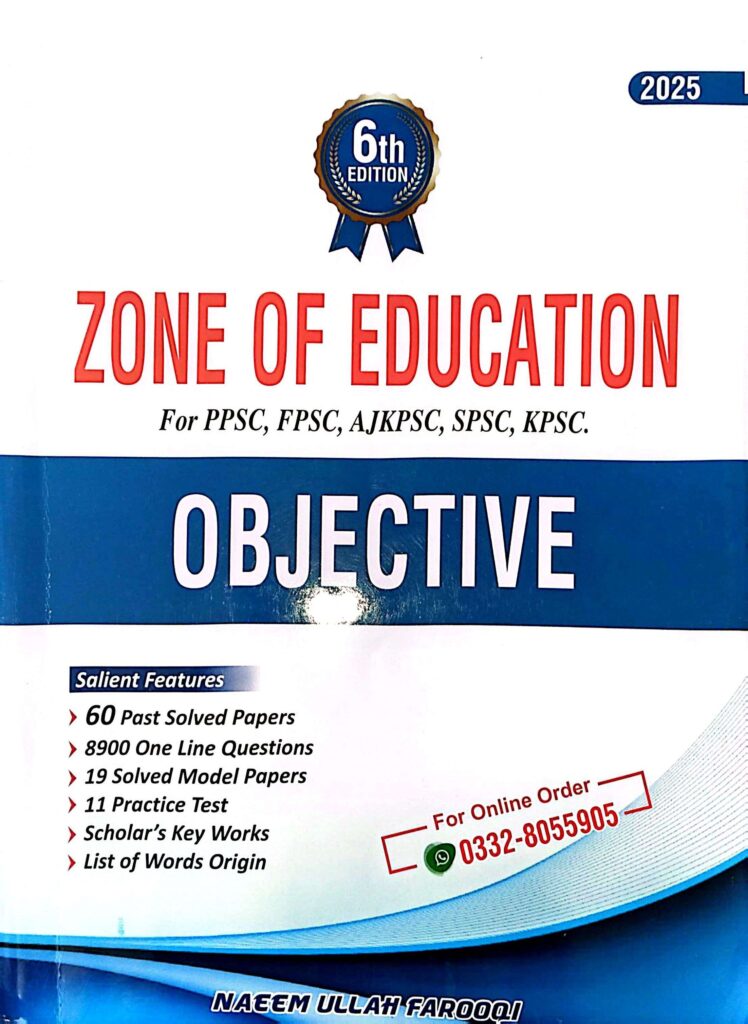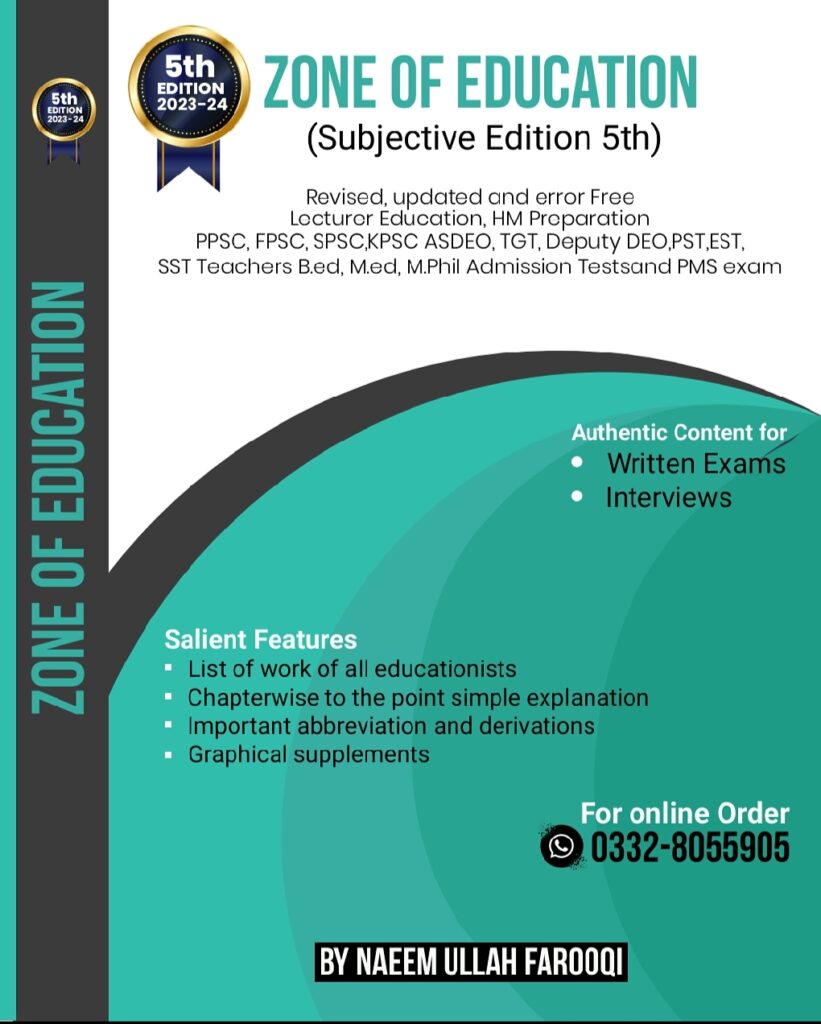Psychology
.Guidance helps in:
· (a) Pupil adjustment and development
· (b) Selection of vocation
· (c) Reducing dropout
· (d) Reducing misbehavior
335. Guidance should be emphasized because:
· (a) Gives job to pupils
· (b) Places pupil in college
· (c) Gives employment to teachers
· (d) Helps pupils to help themselves
336. In guidance, the role of the teacher is as:
· (a) A judge
· (b) A moralist
· (c) A helper
· (d) A mirror
337. The major responsibility of a counselor is:
· (a) Help students solve their problems
· (b) Solve student problems
· (c) Helping teachers in test development
· (d) Helping the principal in running the school
338. The first duty of the counselor is:
· (a) To explain rules
· (b) To check pupil discipline
· (c) To review test data
· (d) To establish rapport
339. Selecting an appropriate course of study is a function of:
· (a) Career counseling
· (b) Social counseling
· (c) Personal counseling
· (d) Educational counseling
340. The key to successful counseling is:
· (a) Establishing an effective relationship of the counselor with the counselee
· (b) Establishing an effective relationship of the counselor with the parent of the counselee
· (c) Establishing an effective relationship of the counselor with the friend of the counselee
· (d) Establishing an effective relationship of the counselor with the classmates of the counselee
341. The primary purpose of guidance is:
· (a) To forestall the occurrence of all conflicts
· (b) To help the child resolve some of his conflicts
· (c) To resolve the conflicts the child may have
· (d) To adjust the severity of the conflicts the child has to face to a level from which he can profit
342. In counseling a student, a counselor should make it a point:
· (a) To establish and maintain rapport
· (b) To give the student a psychological interpretation of his feelings as he goes along
· (c) To remain as impersonal as possible so that the counselee will recognize his responsibility for solving his own problem
· (d) To take the initiative in order to have the interview explore fruitful avenues for counselee improvement
343. The cumulative record includes:
· (a) Achievement test
· (b) Educational progress report
· (c) Educational and vocational interests
· (d) All of the above
344. The main purpose of guidance is to:
· (a) Make pupils more dependent on guidance
· (b) Develop the power of self-guidance
· (c) Limit guidance services to the maladjusted
· (d) Separate guidance from the educational program
345. The major responsibility of the counselor in the modern high school is to:
· (a) Help students solve their problems
· (b) Help the principal run the school
· (c) Solve the student’s many problems
· (d) Guide teachers in their in-service training
LEARNING
![]()
1. Learning implies more or less permanent change in behaviour due to:
· (a) Motivation
· (b) Maturation
· (c) Special stimulus change
· (d) None of the above
2. Which of the following phrases is not an important component of the definition of learning:
· (a) Behavioral change
· (b) Behavior exhibited
· (c) Experience in encouragement
· (d) Relatively permanent
3. Which of the following is the most adequate definition of learning:
· (a) Development of skills
· (b) Solving of problems
· (c) Modification of behavior
· (d) Development of S-R bonds
4. Learning implies something…the individual:
· (a) Acquired by
· (b) Occurring to
· (c) Occurring within
· (d) Absorbed by
5. Which of the following is not an aspect of learning:
· (a) Cue reduction
· (b) Modification of perception
· (c) Elimination of errors
· (d) Sensitization of nerve fibers
6. The difference between how animals learn and how human beings learn becomes apparent when an experiment:
· (a) Investigates simple reflexive behavior
· (b) Evaluates complex behavior and use of knowledge
· (c) Requires the researcher to make inferences about learning from observable results
· (d) Examines behaviors learned through instrumental conditioning
7. Which form of behavior will be called as the nearest example of:
· (a) A toddler follows its mother
· (b) A bird follows another bird
· (c) A fledgling follows its own movements
· (d) None of the above
8. A student can write critical appreciation of a poem. His learning belongs to:
· (a) Cognitive domain
· (b) Affective domain
· (c) Conative domain
· (d) Both a and b
9. A learning theory explains:
· (a) Why people learn and how they learn
· (b) Are there any limits to learning
· (c) Can learning be transferred
· (d) How learning as a phenomenon is to be explained
10. Learning theories are of two types:
· (a) Associative vs Central
· (b) Peripheral vs Field
· (c) Both ‘a’ and ‘b’
· (d) Neither ‘a’ nor ‘b’
11. Thorndike’s connectionism is also known as Bond Psychology. Popularly it is known as the Trial and Error theory. This was given in the year:
· (a) 1898
· (b) 1905
· (c) 1910
· (d) None of the above
12. In learning, Thorndike emphasizes:
· (a) Associative Relationship
· (b) Dynamic relationship
· (c) Neither a nor b
· (d) Both a and b
13. There are two versions of laws of learning given by Thorndike:
· (a) Before 1930 and after 1930
· (b) Before 1925 and after 1925
· (c) Before 1947 and after 1947
· (d) None of the above
14. In the revised law of effect (after 1930), Thorndike stated that:
· (a) Reward always strengthens S-R bond
· (b) Punishment weakens S-R bond
· (c) Both a and b
· (d) None of the above
15. Primary laws of learning are:
· (A) Three
· (B) Two
· (C) Four
· (d) Five
16. Which of the following is not a primary law of learning:
· (A) Law of multiple response
· (B) Law of Readiness
· (c) Law of exercise
· (d) Law of effect
17. I.P. Pavlov who gave us the classical conditioning theory was:
· (a) An American
· (b) A Russian Psychologist
· (c) A Biologist
· (d) A Botanist
18. The theory of classical conditioning is important because:
· (a) It explains learning in simplest terms
· (b) It has added new words to our vocabulary
· (c) They are our earliest acquisitions
· (d) All of the above
19. In Classical conditioning, UCS and CS are paired:
· (A) Almost simultaneously
· (b) With a particular time interval
· (c) Without a particular time interval (say a minute or three minutes or one hour)
· (d) None of the above
20. Conditioning as a method of learning plays its major role in the learning of:
· (a) Attitudes
· (b) Concepts
· (c) Facts
· (d) Relationships
21. Which is not an essential condition for conditioning?
· (A) Compatibility between two SR bonds
· (B) Motivated organism
· (C) An original S-R Bond
· (d) Multiple repetition of S-R bonds
22. In higher-order conditioning or chaining, the CS of the first order conditioning becomes the:
· (a) US of the second order
· (b) US of the third order
· (c) CS of the second order
· (d) Don’t know
23. When a previously learned response is not reinforced, it leads to:
· (a) The development of a strong habit
· (b) The elimination/extinction of a response
· (c) Anxiety
· (d) Neurotic behavior
JOIN ZONE OF EDUCATIONPK!
Discover the most comprehensive and reliable pedagogy resources in Pakistan, curated for competitive exam success. Our content covers all competitive exam MCQs, including PPSC, FPSC, AJKPSC, SPSC, and more. Designed to empower learners with top-notch material and insights, trust us for your preparation journey!



